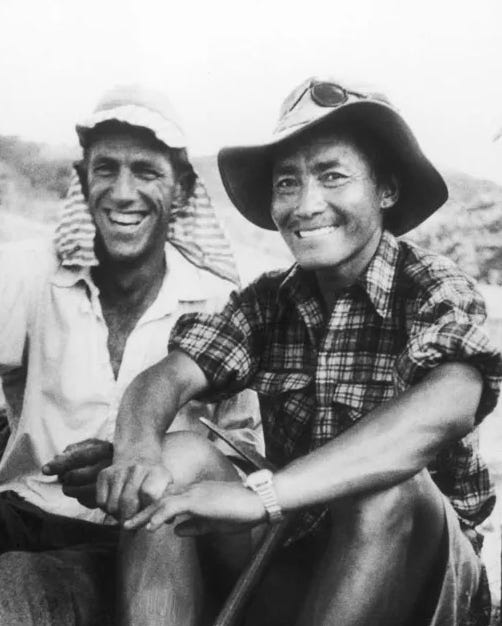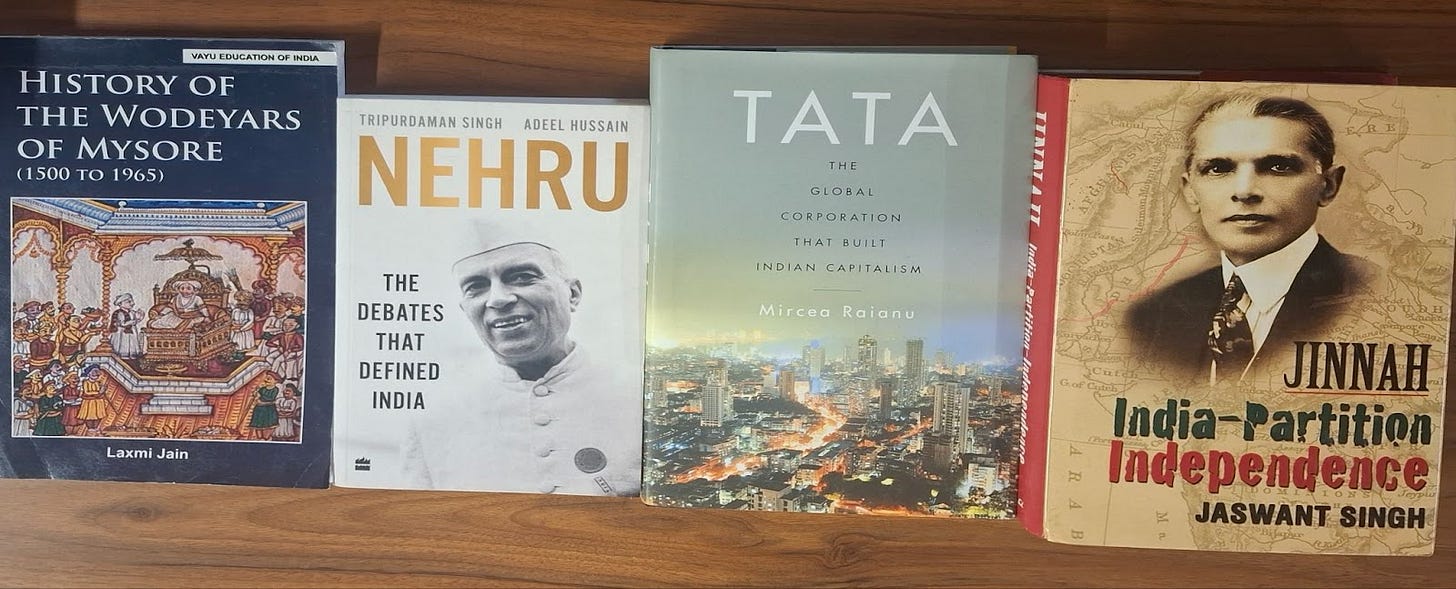When Tenzing Norgay and Edmund Hillary reached Mount Everest on May 29, 1953 (effectively becoming the first people to scale the famed height) it was the culmination of over two months of laborious climbing effort.
As with any such ambitious mountaineering feat, the preparation needed to reach the intimidating height included a gradual acclimatisation to the variation in altitude and consequential drop in atmospheric pressure (the Everest summit sits at 8,850m and has a third of the oxygen available at sea level).
The two mountaineers spent seven weeks at Base Camp setting up ropes, ladders and camps at gradually increasing heights, until they could eventually chart a path toward the summit.
Fast-forward to present day, and mountaineering expeditions still recommend an average of two months to reach the Everest summit: over a week to reach Base Camp and from that point on, 40 days to reach the summit.
Then came Austrian guide Lukas Furtenbach, who made a provocative claim that raised eyebrows in the climbing community: he could get you to the Everest summit in one week… through a pre-expedition inhalation of xenon. A gas often used as an anaesthetic, xenon’s inhalation purportedly results in an increase in the body’s blood oxygen levels through the production of erythropoietin (also known as EPO).
Two quick notes here, dear reader: (1) EPO’s production is naturally catalysed by low oxygen levels and (2) blood oxygen levels of Everest climbers are some of the lowest levels seen in humans.
But back to xenon we return.
The celebration, criticism and caution around the proposed use of the noble gas was almost immediate. In January 2025, the medical commission at the International Climbing and Mountaineering Federation cautioned potential users that “the effects [of xenon] on performance are unclear and probably non-existent”, reminding climbers that the gas has in fact, also been banned by the World Anti-Doping Agency.
If we however eventually transition to a xenon-fuelled mountaineering world, it would come as no surprise that climbers who choose to use it may be better placed over traditional climbers to scale the height faster.
To superimpose this analogy to a post-Operation Sindoor world, which of the two, India or Pakistan, now have an upper hand in the aftermath of such a conflict? In his recent column in The Mint, Takshashila Director, Nitin Pai, reflects on the question and draws on commentary from Dr. Everett Dolman to answer it:
The following lines are pertinent in the context of the conflict between India and Pakistan. “The goal of strategy is not to culminate events, to establish finality in the discourse between states, but to influence states’ discourse in such a way that it will go forward on favourable terms. For continue it will. So, a week into the ceasefire after India launched Operation Sindoor to punish Pakistan for sponsoring terrorism, which of the two sides is better placed for the next round?”
To read his timely reflections in full (and the answer to the question included in the above excerpt), follow this link.
What Was Going on in the China-Russia Dynamic Amidst Operation Sindoor…
In their joint Op-Ed in The Indian Express, Chairperson of the Indo-Pacific Studies Programme at Takshashila, Manoj Kewalramani and Staff Research Analyst, Amit Kumar outline the implications of the India-Pakistan warfare on China and Russia, particularly given Chinese President Xi Jinping’s visit to Russia amidst Operation Sindoor. They write:
“…A protracted conflict between India and Pakistan will certainly mean tough choices for Moscow and Beijing. Beyond their different diplomatic stakes with India and Pakistan, Russia remains one of the largest weapons suppliers to India, while China is Pakistan’s dominant defence partner.”
What are other geopolitical considerations brewing here? To find some answers, read Manoj and Amit’s commentary in full here.
A PGP Preview: Pranay’s session on Contemporary Federalism in India!
Dear reader, would you like to get a nuanced view of the world of public policy? Learn from leading policy thinkers in the country? Takshashila's 48-week Post Graduate Programme in Public Policy (PGP) may be the answer.
Join our PGP preview tomorrow May 22 (7:30 - 8:30 pm) to hear from Takshashila's Deputy Director and Chair of our High-Tech Geopolitics Programme, Pranay Kotasthane on Contemporary Federalism in India.
The session promises to give you a sneak peek into what a PGP classroom experience looks like, so register here to receive the Zoom link. We hope to see many of you there.
Soft Power of Indian Cinema: A Nye-Inspired Analysis…
In the wake political scientist Joseph S. Nye’s passing, Research Analyst with Takshashila’s Indo-Pacific Studies Programme, Vanshika Saraf, examines the evolution in our understanding of soft power in the realm of international relations.
Vanshika pulls the example of Bollywood films (ranging from Dilwale Dulhania Le Jayenge (1995) to Haider (2014)) to demonstrate how India’s soft power plays out globally and domestically (with a nice dovetail into Nye’s view on power in the modern world).
To read her Indian Radius blogpost in full, follow this link.
All Things Policy Episode of the Week: An Analysis of the Superintelligence Strategy Paper…
This week’s All Things Policy episode of the week features a conversation between a few thinkers from Takshashila’s High-Tech Geopolitics Programme Bharath Reddy (Associate Fellow), Ashwin Prasad (Research Analyst) and Rijesh Panicker (Fellow).
Framing their conversation around the Superintelligence Strategy paper, Bharath, Ashwin and Rijesh unpack considerations around “critically dangerous capabilities” of AI and how national AI projects may direct geopolitical winds.
To learn about all this and more, listen to their informative exchange here.
Takshashila Tabletop Trove!
For our faithful readers, it comes as no surprise that this section of Dispatch is intended to be a digital repository of the books that sit in Takshashila’s physical office space in Bengaluru, Karnataka.
So what’s this week’s book theme? Last Names of Legacy, as curated by our Indo-Pacific Studies Programme Staff Research Analyst, Anushka Saxena.
The History of The Wodeyars of Mysore (1500 to 1965) (Lakshmi Jain)
Nehru: The Debates that Defined India (Tripurdaman Singh and Adeel Hussai)
Tata: The Global Corporation that Built Indian Capitalism (Mircea Raianu)
Jinnah: India-Partition Independence (Jaswant Singh)
This edition of the Dispatch was written by Kripa Koshy, Programme Manager for Takshashila’s Post Graduate Programme in Public Policy.





